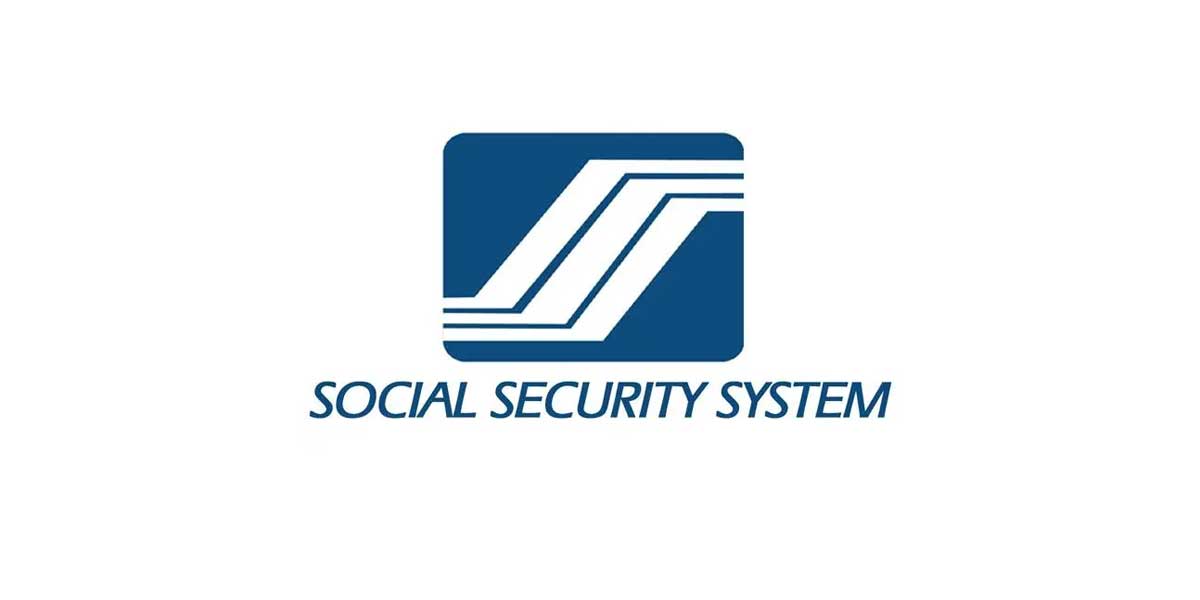By James Jimenez
Ask anyone what the biggest problem with elections is, and nine times out of ten, they will say vote-buying. Interestingly, it wasn’t always that way.
One of the unintended consequences of automation was that it supercharged vote buying as a means of trying to control the outcome of elections. Prior to automation, bad actors who wanted to ensure a good result would attack the electoral system’s biggest vulnerability: reliance on human-prepared election returns. Let me explain.
Dagdag-bawas
Pre-automation, there were several ways that a bad actor could influence the count. The first – and most obvious – has always been direct vote buying where you offer money to voters so that they will either vote the way you want them to, or not vote at all. This was, ironically referred to as ‘retail’ vote buying because you were literally buying one vote at a time. It was expensive, time consuming, and offered very little guarantee that you would get the outcome you bought – as the departed Cardinal Sin used to say (and echoed by generations of politicians who thought it sounded clever) ‘take the money and vote according to your conscience.’
Because of the shortcomings of retail fraud, the preferred means of gaming the system was ‘wholesale’ fraud. This is the kind of fraud where a handful of people can manipulate the system to massive effect. And the most successful of these wholesale frauds was the infamous dagdag-bawas system.
How it works
Pre-automation, ballots were hand-counted at the end of election day. This was witnessed by the hardy souls that stayed on precisely to watch the count, but by very few others. As the votes on each ballot are called out, one of the public school teachers running the Board of Election Inspectors would add a tick to the running tally – called taras. After all ballots have been counted, the vote totals are transferred manually to a document called the election returns. The ballots are returned to the ballot box and, generally never looked at again. The human-prepared election returns become the primary document, upon which all future computations of election results are based.
The election returns from a precinct get transferred physically to the municipal canvassing center where, together with the returns from other precincts in the municipality, a Municipal Certificate of Canvass is created. The Municipal COC is then transported physically to the provincial canvassing center where, together with other Municipal COCs, a Provincial COC is created. At the national level, these provincial COCs are combined into a National COC. And it all began from the lowly election return.
Under dagdag-bawas the cheating operations were directed at fabricating those exact same election returns such that – first, the actual votes were rendered irrelevant, and second, the ultimate result could be tailored to look legitimate. By manipulating the votes ‘recorded’ for the opponent vis-à-vis the votes ‘recorded’ for the cheating candidate, the end result could be made to appear as though the total number of votes actually matched the recorded number of voters registered in a particular area. This avoided awkward situations where the final tally of votes exceeded the number of voters on record, as would normally happen if you just stuffed ballot boxes with extra ballots.
Another benefit of dagdag-bawas was that a cheating candidate only had to pay the people fabricating the election returns, instead of the voters themselves. Again, the actual votes no longer matter because the election returns – or the tally of votes – was going to manufactured anyway.
Post-automation
Automation, from 2010 onward, shut down dagdag-bawas, because the election returns (ERs) were now automatically generated by the vote counting machines (whatever COMELEC wants to call them at any point), directly from the ballots themselves. The ERs were given an additional layer of security by the vote counting machine electronically transmitting the soft version of the ER ahead of any physical transport. Thus, an ER being physically transported from precinct to canvassing center could be hijacked but it would make no difference because the canvassing center already has the soft copy of the hijacked return. Any attempt to ‘doctor’ the returns would be very obvious and would result in that return essentially being quarantined.
With one fell swoop, COMELEC eliminated dagdag-bawas and effectively guaranteed clean results. But then, the Filipino penchant for ‘finding a way’ out of an unfavorable situation kicked in and bad actors once again turned their attention to vote buying.
With wholesale fraud no longer being available, retail fraud was engaged in, improved, and generally boosted to the point where the cutting edge of innovation is no longer with regard to manufacturing election returns, but in the field of compromising individual voters before they are able to slip their ballots into the counting machines.
Where vote buying used to involve only folded bills being slipped underhandedly to the voter, vote buying operations have now been industrialized with public events being used to more or less openly distribute money, groceries, sacks of rice, and even live animals – all in an attempt to sway voters. And with the relentless march of technology, new modus operandi are popping up everyday – the latest being the use of e-wallets.
With vote buying running rampant, the clean elections guaranteed by automation have acquired an unfortunate coating of grime. The results can be trusted to reflect the votes of the voters, but can we trust those votes in the first place, knowing that they might very well be the product of corruption?























